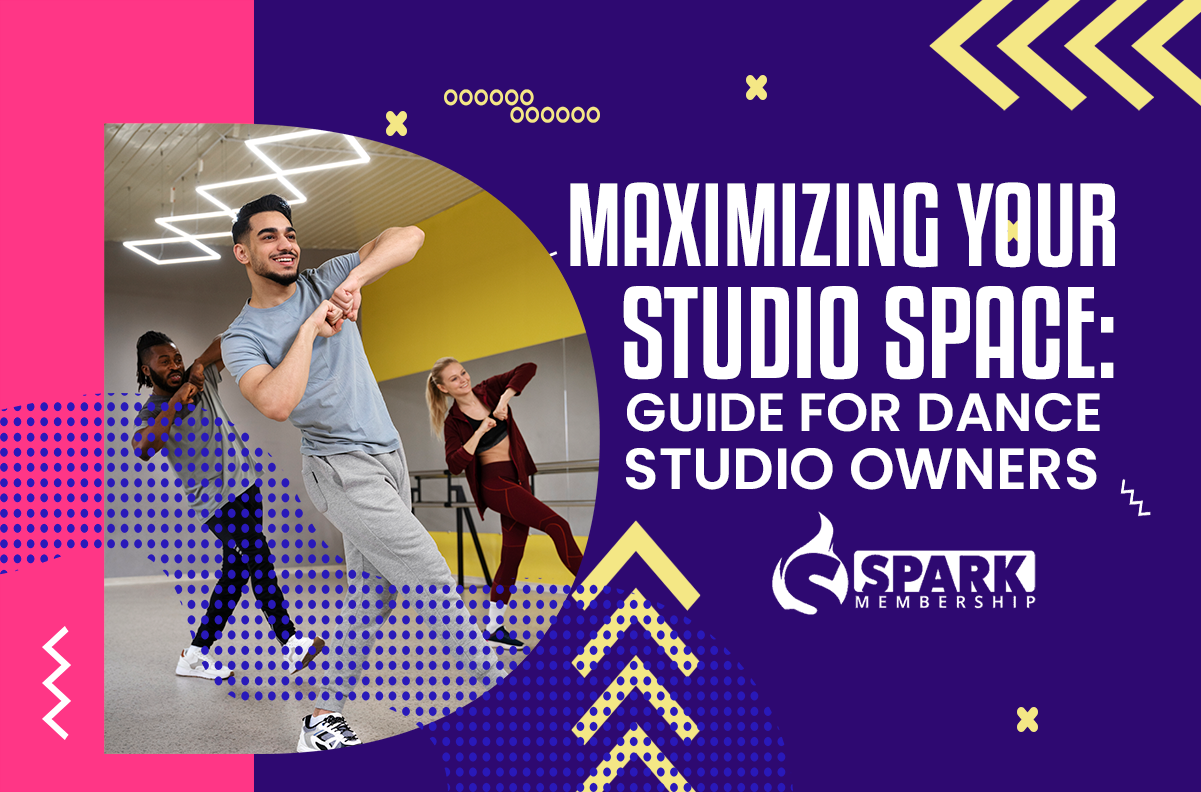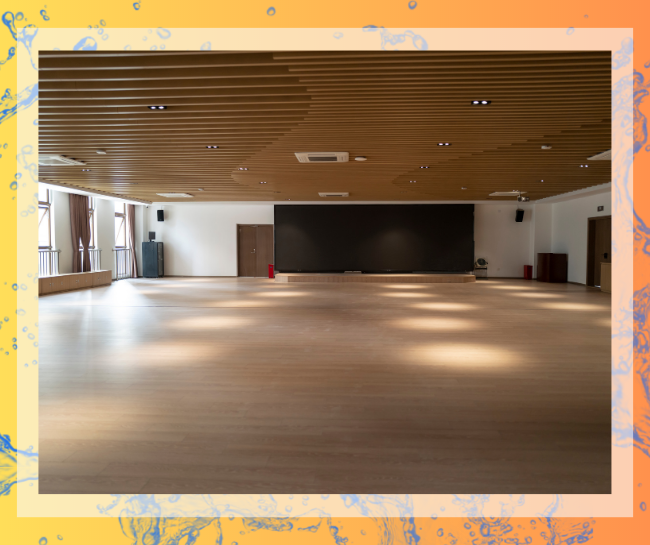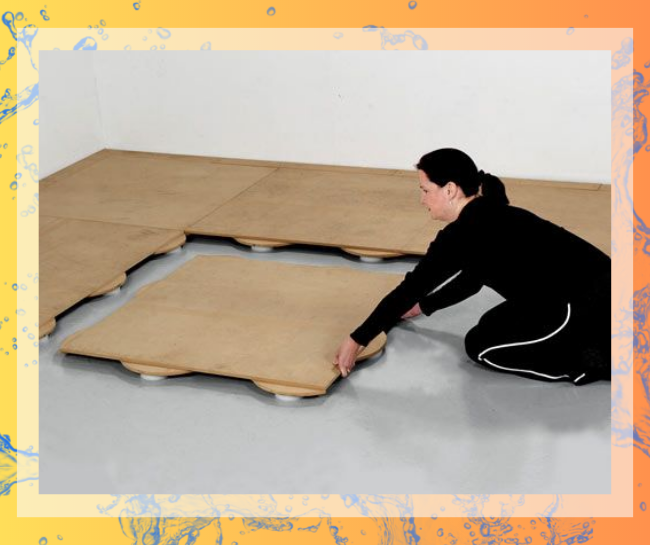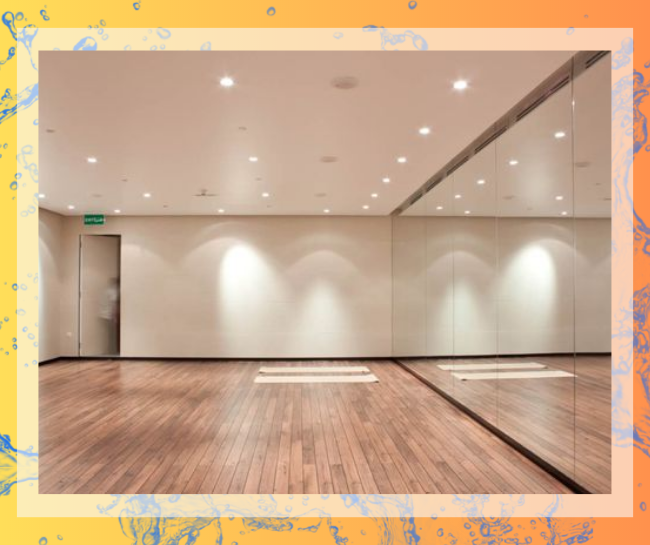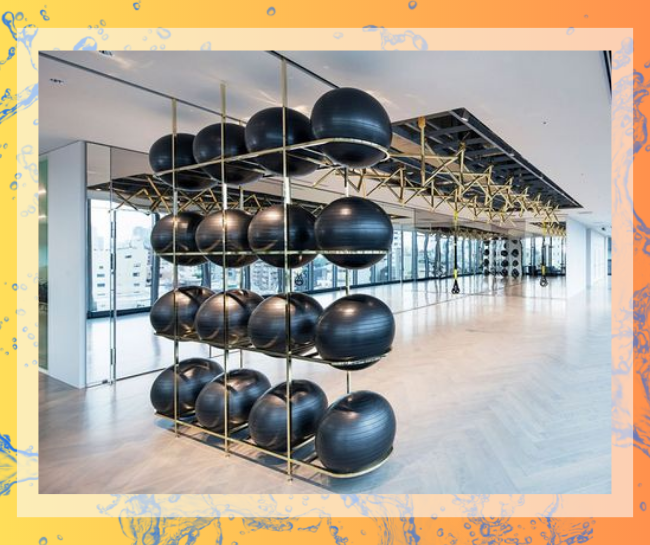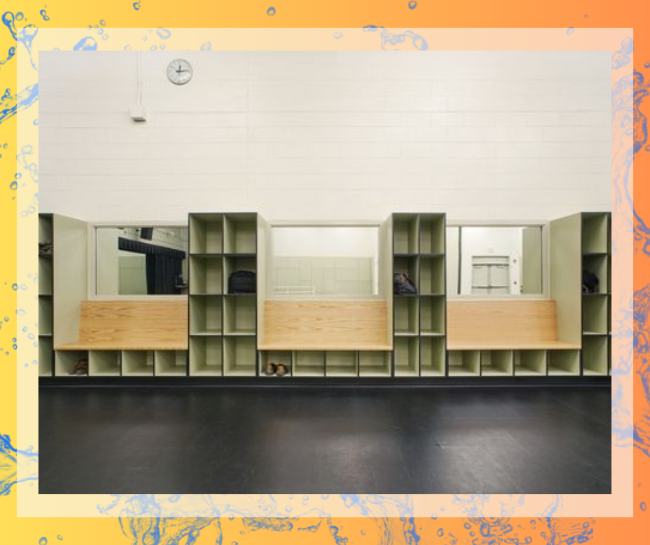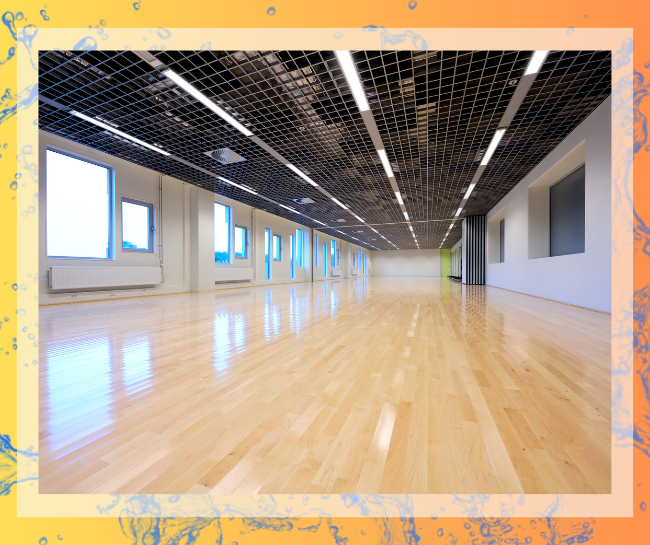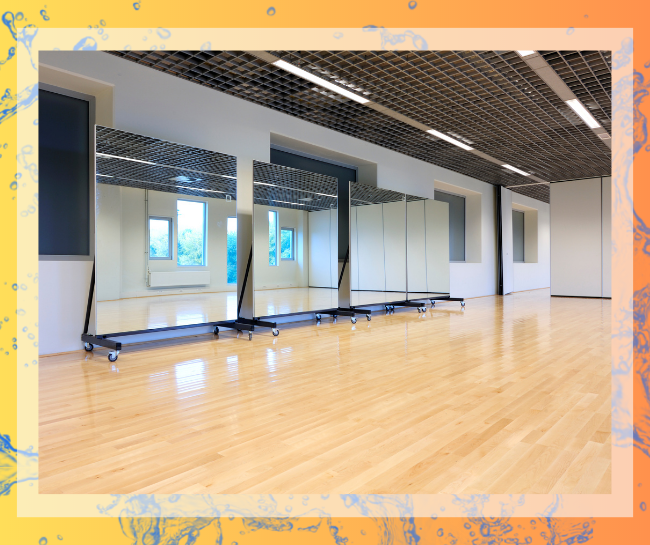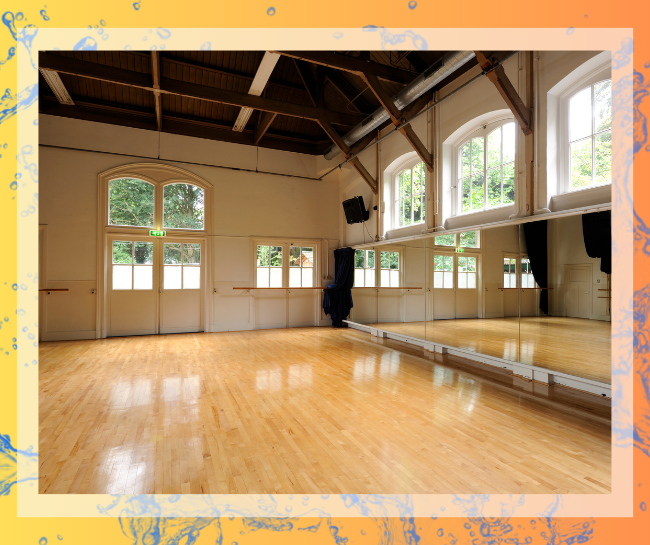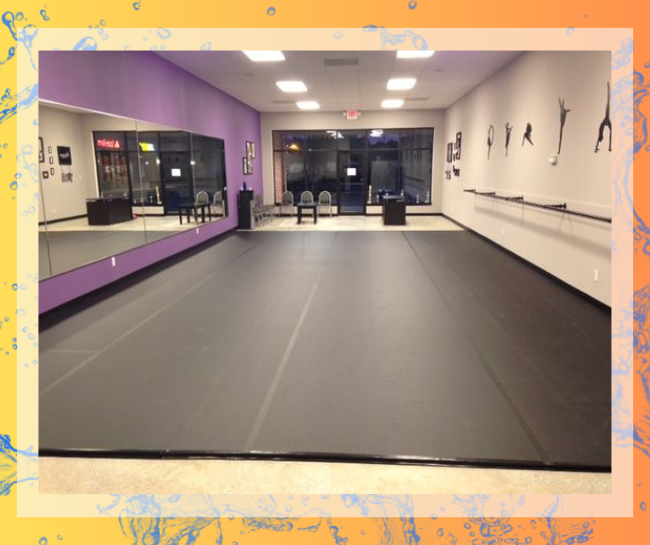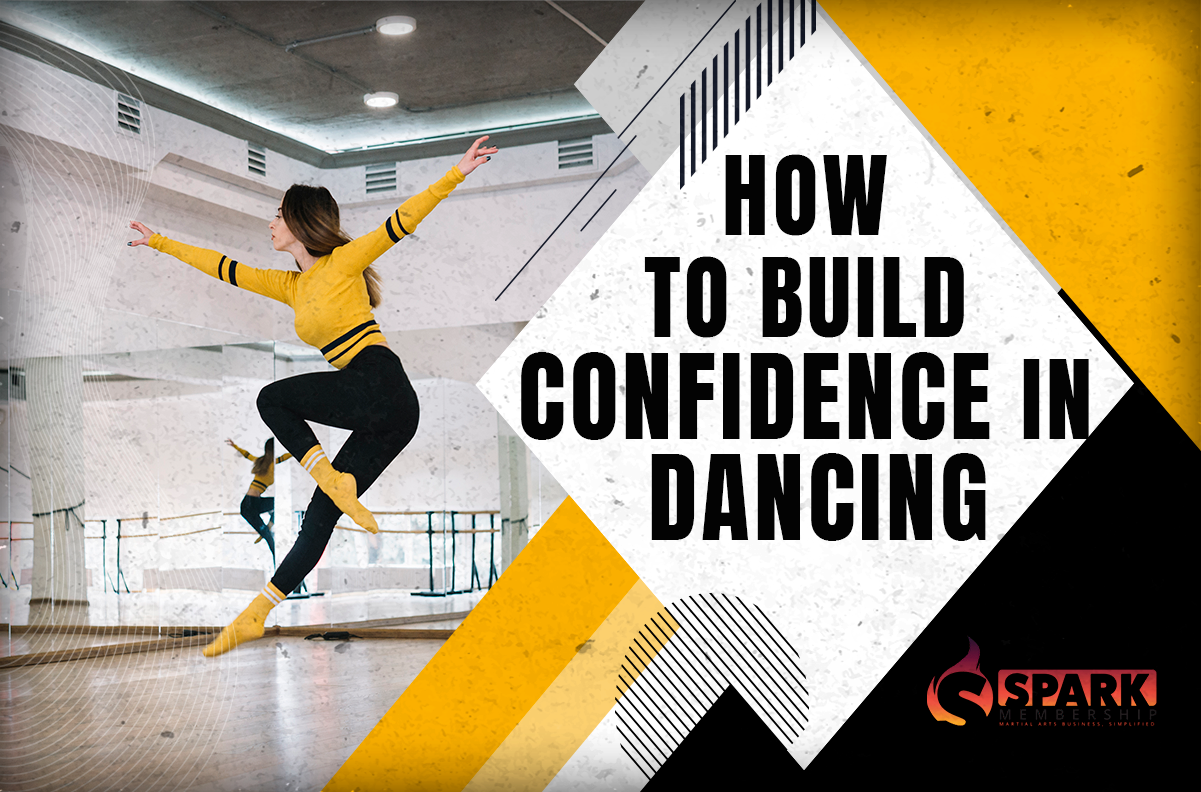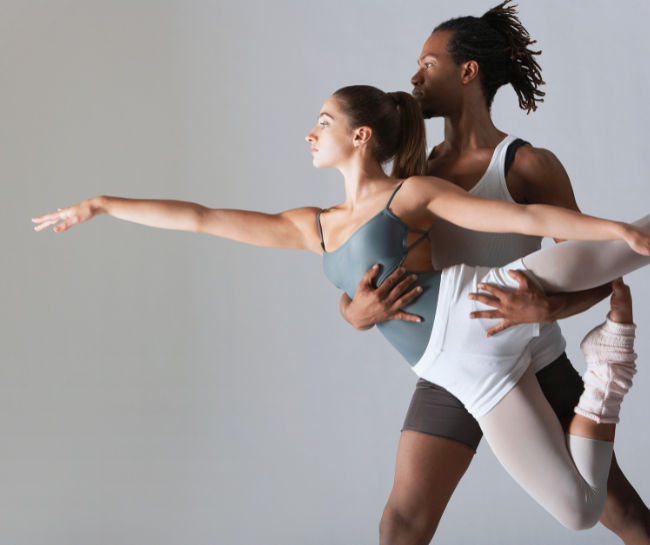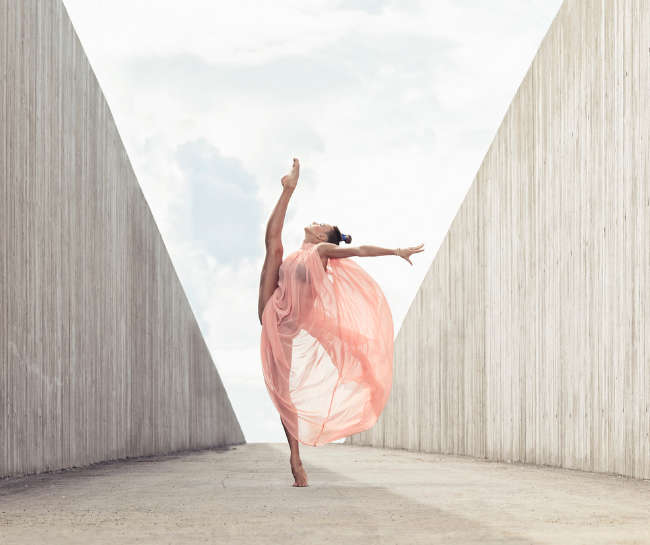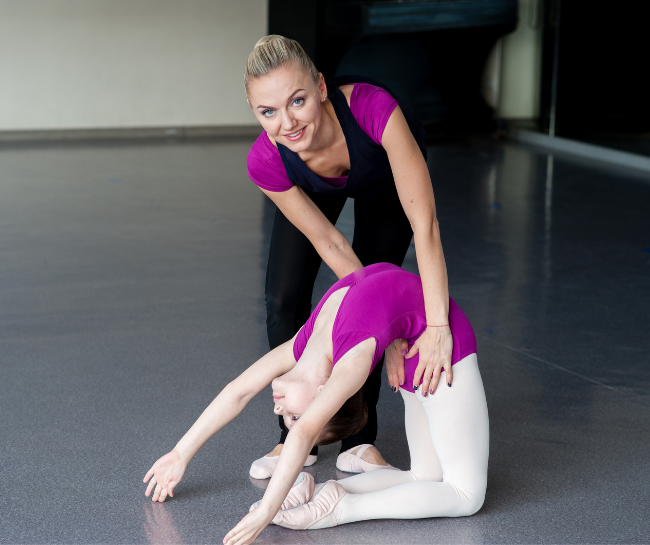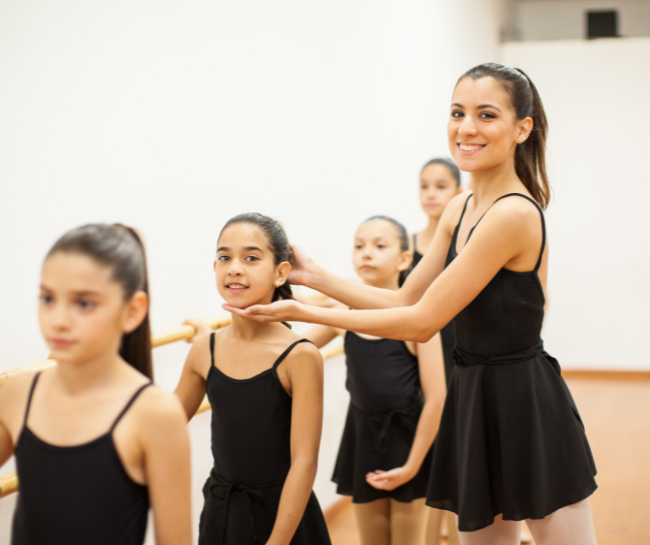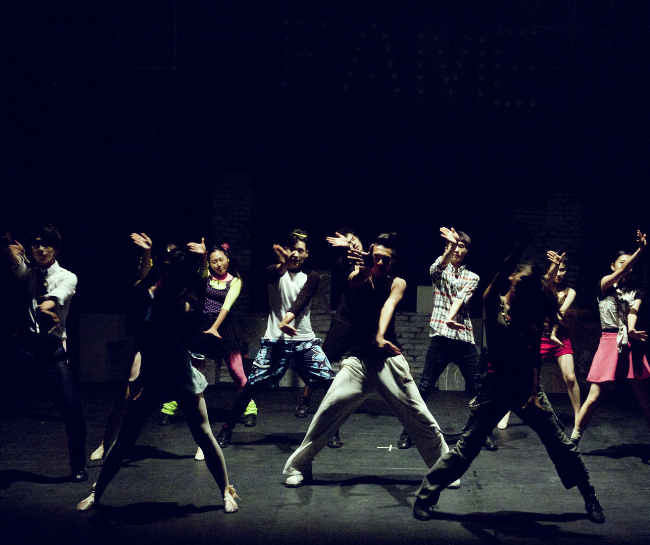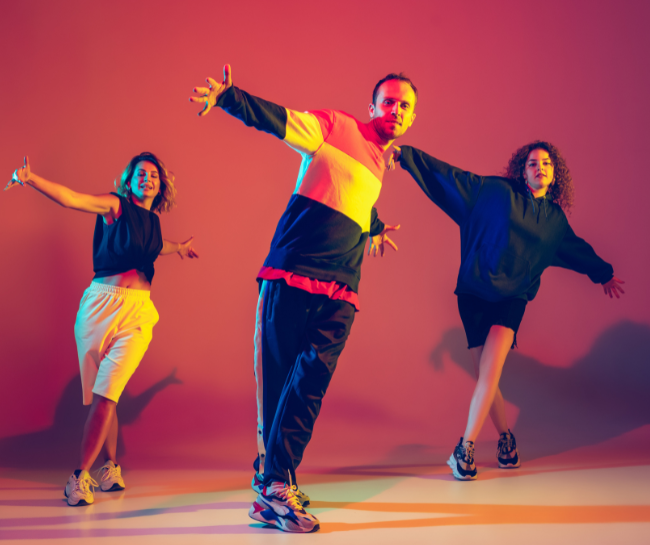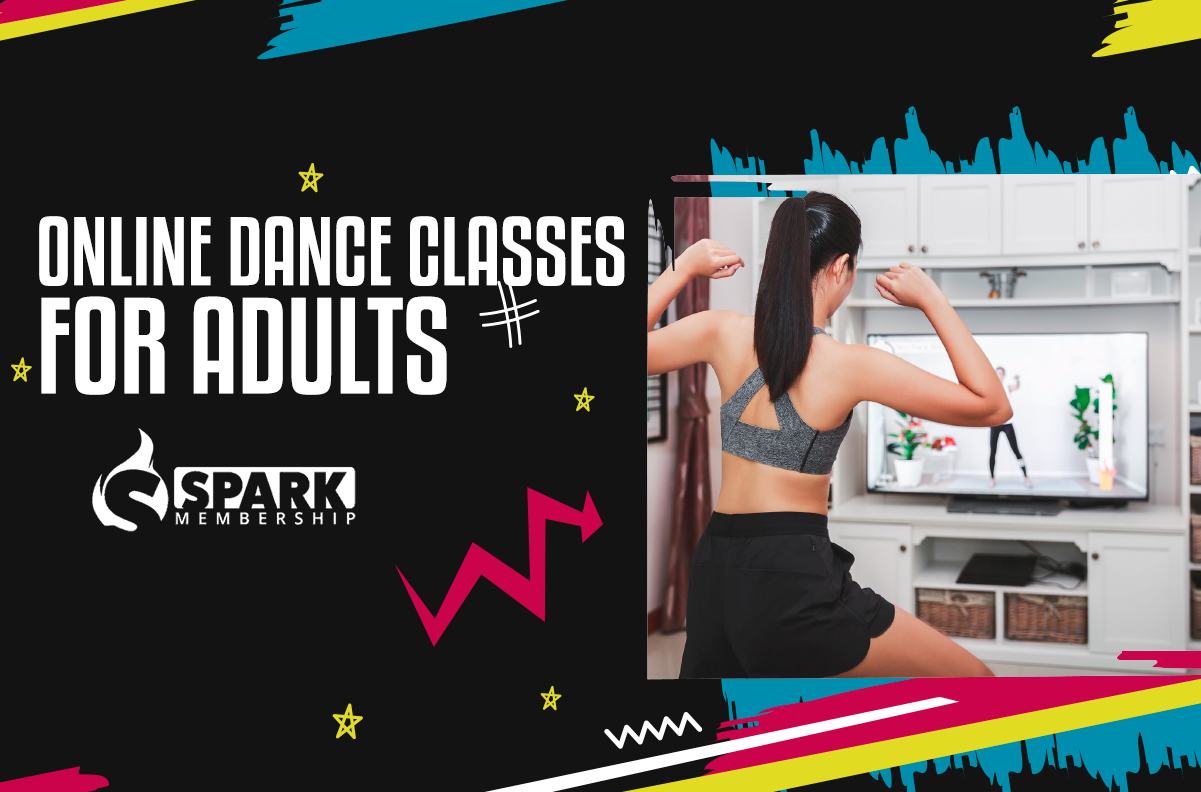
The demand for online dance classes for adults has skyrocketed in recent years, presenting a unique opportunity for dance studio owners to adapt and thrive in the digital age. By offering virtual dance classes, studio owners can expand their reach, increase revenue, and provide students with a flexible and convenient way to learn dance. This comprehensive guide will help you navigate the process of setting up, managing, and marketing online dance classes for adults.
Benefits of Online Dance Classes for Adults
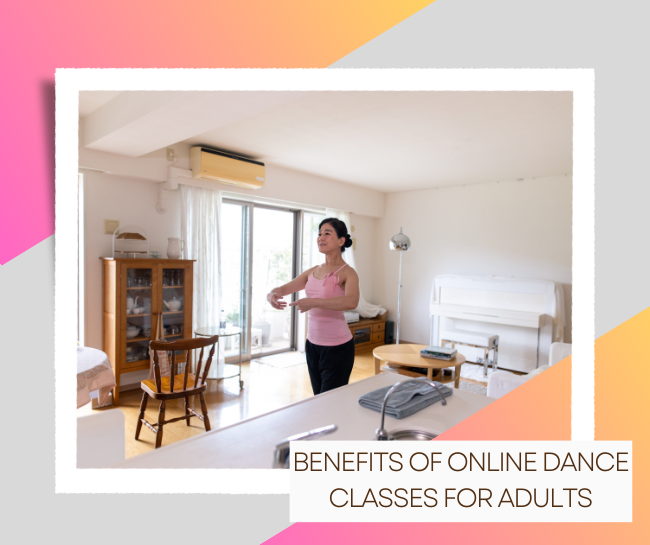
Online dance classes offer numerous advantages for both students and studio owners, such as:
- Convenience and flexibility: Students can access classes from anywhere, at any time, without the need to commute.
- Wider reach and audience: Online classes allow you to expand beyond your local community, attracting students from around the world.
- Increased revenue opportunities: Virtual classes can supplement your in-person offerings, leading to additional income streams.
- Continuous learning: Students can rewatch lessons, practice at their own pace, and progress faster.
💡 Dancing is not just about moving your body, it’s about expressing your soul. Online dance classes for adults offer the perfect platform to explore your inner rhythm, improve your physical fitness, and connect with like-minded individuals from the comfort of your own home.
Setting Up Your Online Dance
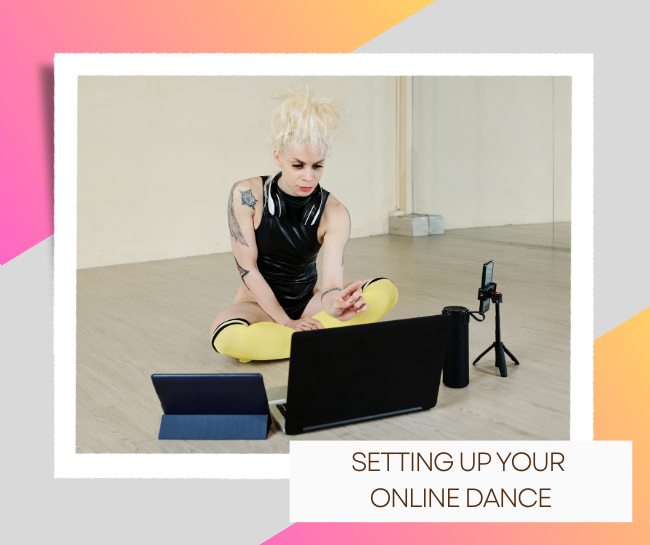
Before launching your online dance classes, it’s crucial to have a well-thought-out plan in place. This involves selecting the right platform to deliver your classes, investing in proper equipment, and setting up a conducive environment for teaching.
Choosing the Right Platform
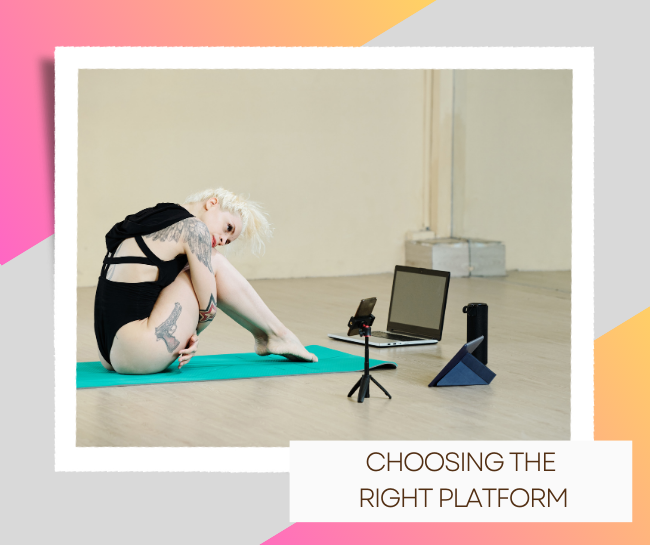
To offer online dance classes, you need to select the right platform. Consider the following options:
Live streaming platforms
Platforms like Zoom, Skype, or Google Meet enable real-time interaction, feedback, and personalization. These platforms are ideal for live classes, workshops, and private lessons, where the instructor can tailor the content to the students’ needs.
On-demand platforms
Platforms like Teachable or Thinkific let you create and sell pre-recorded classes, offering students the flexibility to learn on their schedule. This option is suitable for students who prefer to learn at their own pace or who have unpredictable schedules.
Equipment and Setup

Invest in high-quality equipment and optimize your space to create a professional learning environment:
Camera and audio equipment
A high-resolution camera and a clear microphone are essential for delivering engaging classes. Consider investing in a DSLR or mirrorless camera for crisp video quality, and a lapel or shotgun microphone for clear audio.
Lighting and background
Ensure your space has sufficient lighting and a clean, uncluttered background. Use softboxes or LED panels to create even, flattering light, and choose a neutral, non-distracting background for your classes.
💡 Your equipment and setup can make or break your online dance class experience. Invest in quality gear and create a dedicated space to elevate your practice and fully immerse yourself in the dance.”
Tips for Teaching Online Dance Classes
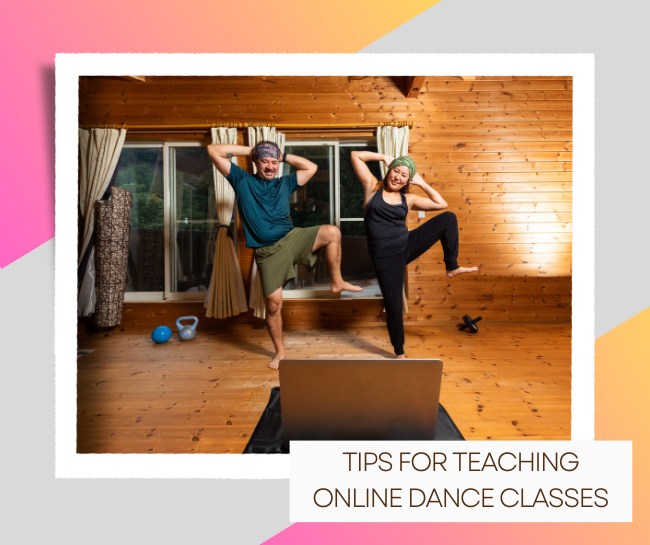
Transitioning from in-person to online dance classes can be challenging, but with the right approach and techniques, you can create a highly engaging and effective learning experience. Here’s some valuable tips on how to engage your students and structure your classes for success.
Engaging Your Students

To keep students engaged in online classes, focus on interactivity and fostering a sense of community:
- Encourage questions and feedback during live classes or via chat/comments for on-demand sessions. This interaction helps students feel connected to the instructor and their peers, which is important for maintaining motivation and a sense of belonging.
- Use social media or online forums to facilitate discussions, share progress, and celebrate achievements. Creating a dedicated Facebook group or Slack channel can encourage students to interact with each other, share tips and advice, and stay accountable to their goals.
- Incorporate games, challenges, and rewards into your classes to make learning fun and engaging. For example, you can create friendly competitions, offer badges for completing milestones, or provide discount codes for future classes as incentives.
Structuring Your Classes
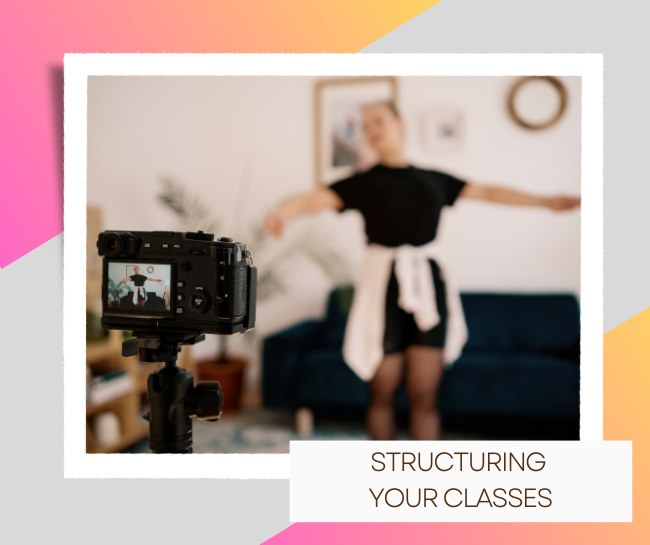
Well-structured classes are crucial for student success:
- Plan class format and pacing, incorporating warm-ups, technique, and choreography. Begin each class with a warm-up to help students prepare physically and mentally for the lesson. Follow with technique exercises to develop foundational skills, and then introduce choreography to apply these techniques in a creative context.
- Track student progress with assessments, personalized feedback, and goal-setting. Regularly assess students’ abilities through quizzes, video submissions, or live evaluations, and provide constructive feedback to help them improve. Encourage students to set personal goals and celebrate their achievements, fostering a growth mindset.
- Offer a variety of class levels, styles, and durations to accommodate diverse student preferences and abilities. This variety can help you attract and retain a broader range of students, catering to their individual needs and interests.
Marketing Your Online Dance Classes
To ensure the success of your online dance classes, it’s crucial to implement effective marketing strategies that will help you reach and engage your target audience.
Website and SEO

Optimize your website for search engines and local visibility:
- Create engaging content with target keywords (e.g., “online dance classes for adults”). Develop blog posts, articles, and videos that address common questions, concerns, or interests related to online dance classes. This content can help you rank higher in search engine results and attract potential students to your website.
- Utilize local SEO tactics, including Google My Business and local directory listings. Ensure your dance studio is listed on Google Maps and other local directories, with accurate contact information, descriptions, and images. Encourage students to leave reviews, as positive testimonials can help boost your online reputation and visibility.
Social Media and Email Marketing

Promote your classes using social media and email campaigns:
- Share class highlights, testimonials, and promotions on platforms like Instagram, Facebook, and YouTube. Use eye-catching visuals, engaging captions, and relevant hashtags to increase your reach and visibility. Collaborate with influencers or other dance studios to expand your audience and boost credibility.
- Send targeted email campaigns to your subscriber list, featuring class updates and exclusive offers. Regularly communicate with your subscribers to keep them informed and engaged. Segment your email list based on interests, preferences, or past interactions to send more personalized and relevant content.
💡 Social media may bring the beat, but email marketing brings the dance partner. When it comes to promoting your online dance classes for adults, use the power of both to create a comprehensive and effective marketing strategy.
Streamline Dance Class With Management Software:
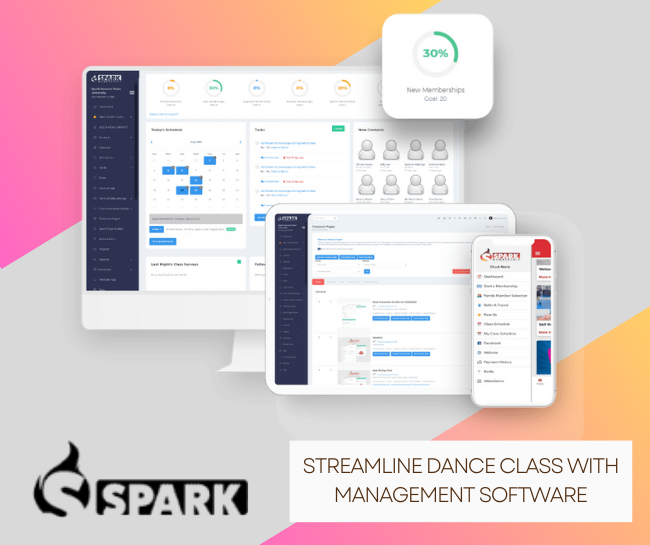
Look for features like class scheduling, payment processing, and student tracking. These tools can help you manage class schedules, handle billing and payments, and monitor student attendance and progress. This automation can save you time and effort, allowing you to focus on teaching and growing your business.
Embracing online dance classes for adults is an exciting opportunity for dance studio owners to grow their business and better serve their students. By implementing the strategies outlined in this guide, you can successfully set up, manage, and market your virtual dance classes, ensuring a bright future for your studio in the digital age. Now is the time to seize this opportunity and take your dance studio to new heights. As a final recommendation, check out SparkMembership.com, a comprehensive platform designed to help dance studios manage and grow their online presence. With their tools and resources, you’ll be well-equipped to launch a thriving online dance class business.
